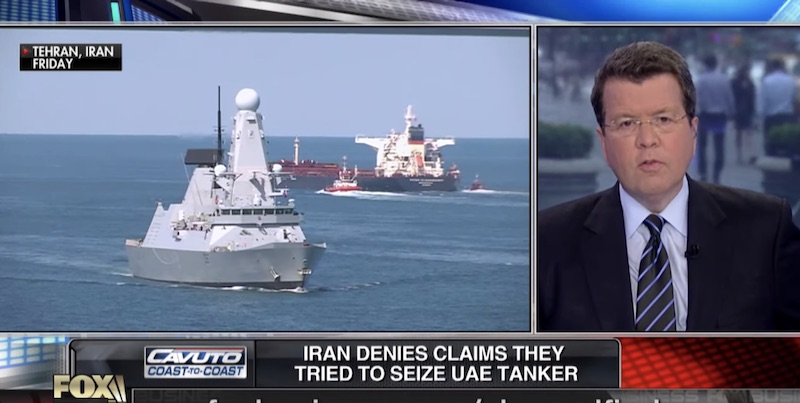The US news media’s coverage of the Iran nuclear issue has been woefully off-kilter for many years. Now, however, those same outlets are contributing to the serious crisis building between Washington and Tehran.
Iran has responded to Trump’s withdrawal from the 2015 nuclear deal by resuming the stockpiling of low enriched uranium, removing the cap on the level of uranium enrichment and resuming work at the Arak nuclear reactor, while making it very clear that those steps would be immediately reversed if the United States agreed to full compliance.
The major fact about Iranian nuclear policy before the Joint Comprehensive Plan of Action (JCPOA) was negotiated should shape public understanding of the current conflict: For more than three years, from 2012 to 2015, Iran could have enriched enough uranium at 20 percent enrichment level for one or more nuclear weapons, but it chose not to do so. Instead, it used the US’s knowledge of that capability as leverage against the US in negotiating what eventually became the JCPOA.
The real nuclear crisis facing the United States is not that of an Iranian regime threatening a nuclear conflict. Rather, it’s a US government policy that rejects the 2015 compromise and seeks to provoke Iran even further.
Yet that’s not the way The New York Times and other news media have covered the story. From the start of the current phase of the conflict, corporate media coverage has overwhelmingly emphasized a presumed new Iranian threat to “break out” in order to obtain the enriched uranium for a nuclear weapon.
A July 1 Times story by Rick Gladstone about Iran’s breach of the JCPOA cap on uranium stockpile stated that Iran’s latest move “does not by itself give the country the material to produce a nuclear weapon. … But it is the strongest signal yet that Iran is moving to restore the far larger stockpile that took the United States and five other nations years to persuade Tehran to send abroad.”
In his article, Gladstone went on to challenge Iran’s assertion of its legal right to withdraw from some commitments in the JCPOA a year after Trump had unilaterally withdrawn from the agreement. Iranian leaders, he said, “have sought to justify these steps as a response to the Trump administration’s abandonment of the nuclear accord last year and its reimposition of sanctions.” He claimed that “[W]estern experts on the agreement” had disputed Iran’s reasoning.” But Gladstone cited only one “expert,” Henry Rome of the Eurasia Group, who called the Iranian claim “a unilateral interpretation from the Iranian side of what the nuclear deal means….”
Rome is evidently unfamiliar, however, with the fundamental principle of international law that grants a party to an agreement the inherent right to reduce or terminate the fulfillment of an agreement if there is a “material breach” by another party. In response to an email query for this story, Dr. Richard Falk, a leading scholar on international law, responded to Rome’s statement by commenting, “The US repudiation of the agreement and reimposition of sanctions constitutes without any reasonable doubt, a material breach of the Nuclear Agreement, which relieves Iran of any legal obligations with respect to complying with the treaty.”
David Sanger, who for two decades has served as chief national security correspondent for The New York Times, wrote a story published July 1 that led with the assertion that Iran had “violated a key provision” of the 2015 nuclear deal. Sanger thus ignored the distinction between a response to complete renunciation of the entire deal by the Trump administration and a violation of it. Sanger also called the announcement by foreign minister Mohammad Javad Zarif of Iran’s intention to increase the level of purity of enrichment “a provocative action” that “could move the country closer to possessing fuel that with further processing could be used in a weapon.”
Sanger acknowledged Iran has “consistently denied that it has any intention of making a nuclear weapon,” but asserted, “[A] trove of nuclear-related documents, spirited out of a Tehran warehouse by Israeli agents last year, showed extensive work before 2003 to design a nuclear warhead.”
But the alleged Mossad theft in 2018 of half a ton of purported top-secret Iranian nuclear weapons archive documents from an unguarded shack in Tehran was a highly implausible tale. No evidence was offered to prove that the entire story—and the new documents shown by the Israelis—were not completely fraudulent.
Fair Use Excerpt. Read the entire article here.


